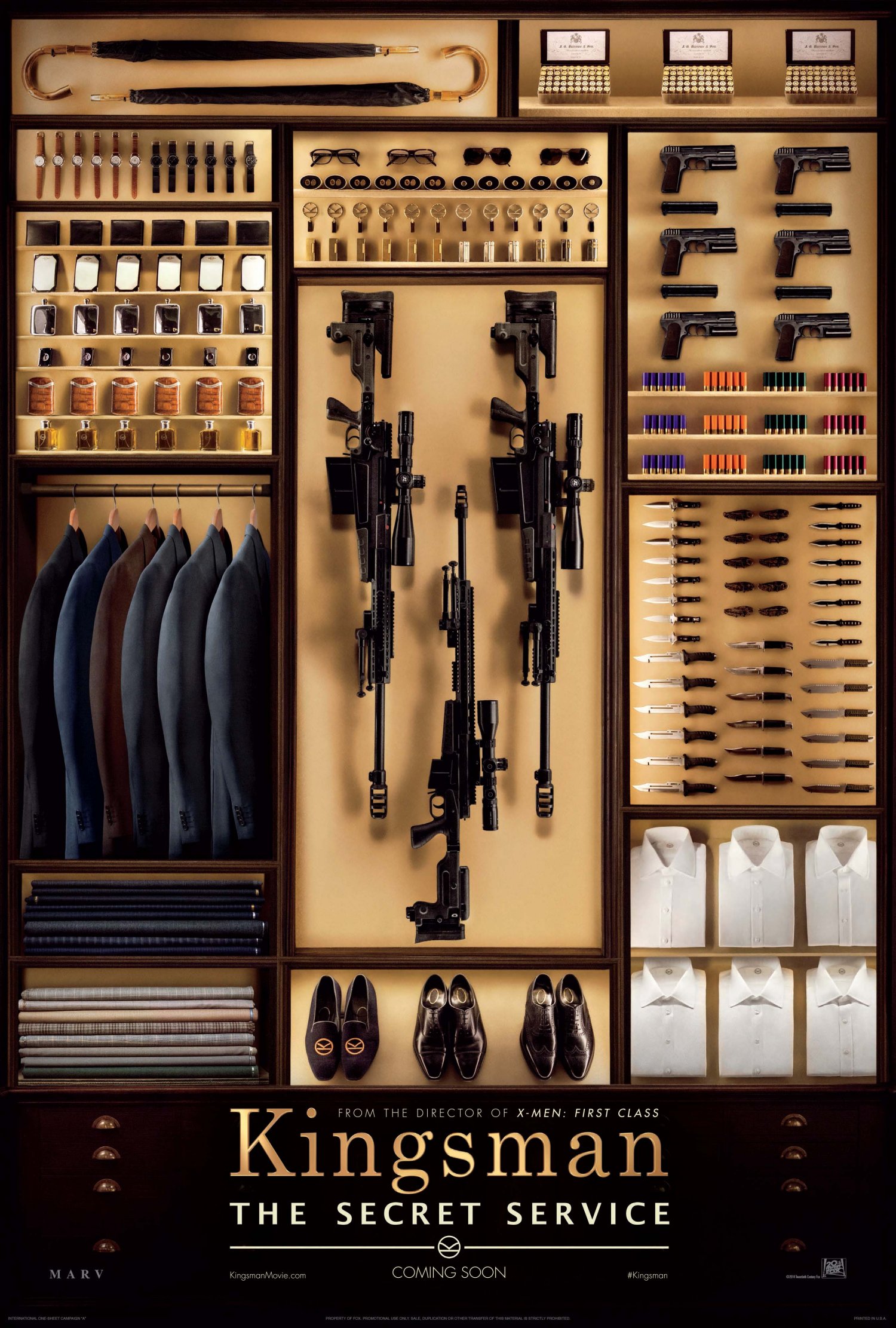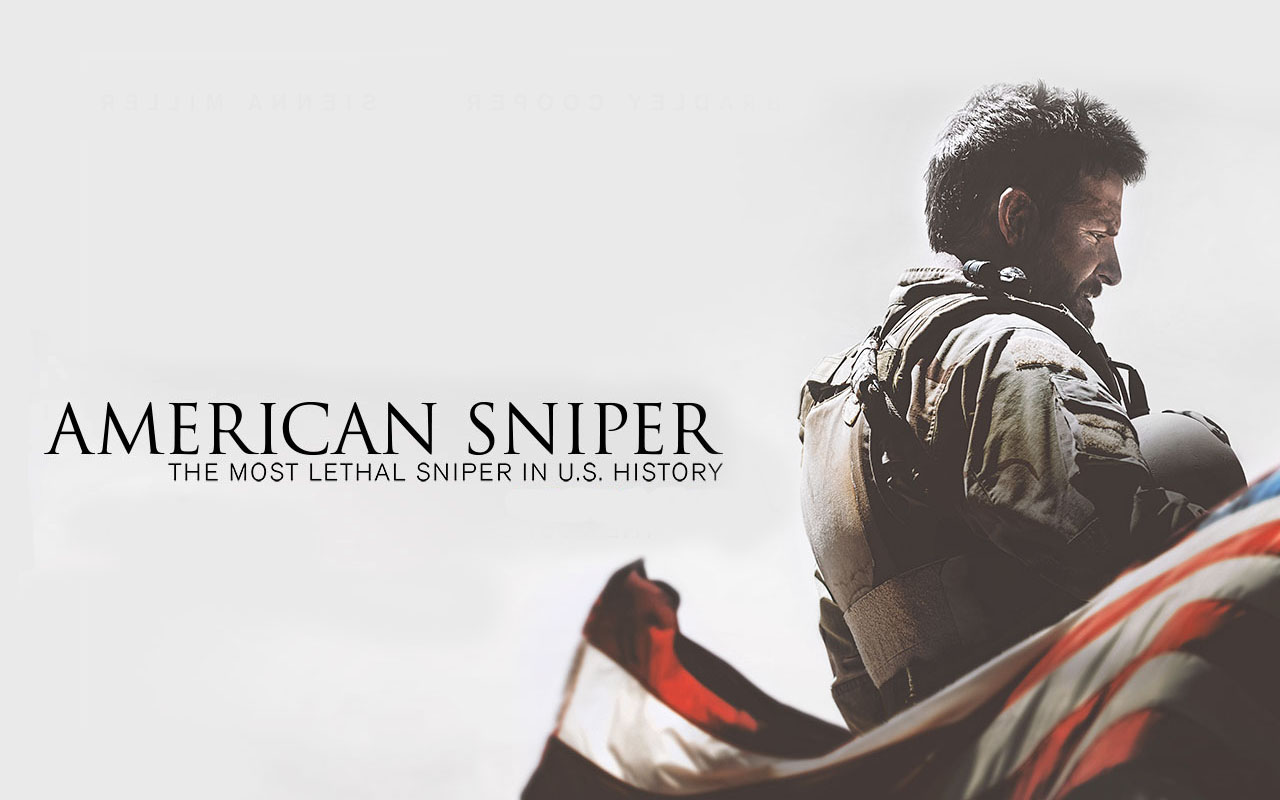Synopsis
Born on
November 12, 1915, in Cherbourg, France, French literary philosopher Roland
Barthes was educated at the Sorbonne, and went on to help establish
structuralism as one of the leading intellectual movements of the 20th century.
His work made important advances in the areas of semiotics, anthropology and
post-structuralism. Barthes died in Paris in 1980.
Early Life
Roland
Gérard Barthes was born on November 12, 1915, in Cherbourg, France. When
Barthes was an infant, his father was killed in a marine battle. Shortly after,
his mother, Henriette Barthes, moved the family to Bayonne, where Roland spent
most of his early childhood. In 1924, the Bartheses moved to Paris, where
Roland first studied at the Lycée Montagne. From 1930 to 1934, he was enrolled
at the Lycée Louis-le-Grand. Barthes's prominent grandfather was a famous
explorer and colonial administrator. Though his grandparents were wealthy, food
often lacked in his home; his grandparents refused to help them after Barthes's
mother bore an illegitimate child. His mother then worked as a bookbinder to
make ends meet. In the late 1930s and early '40s, Barthes continued his
education at the Sorbonne, focusing on classical letters, grammar, philology
and Greek tragedy. During this time, he fell ill to tuberculosis, spending time
in sanatoriums during the occupation (from 1934 to 1935, and from 1942 to
1946).
Career and Sucess
Roland
Barthes taught at many schools, including in Biarritz, Bayonne and Paris
(1939-46), as well as at the French Institute in Bucharest (1948-49), the
University of Alexandria in Egypt (1949-50) and the Directorate General of
Cultural Affairs, 1950-52. He then worked in research at National Centre for
Scientific Research, 1952-59, later moving into a directorship of studies
position at the Practical School of Higher Studies; 1960-76. Barthes came
stateside to Johns Hopkins University in Baltimore (1967-68), and went on to
act as chair of the literary semiology at the College of France, 1976-80. Barthes
wrote several books over his teaching career, including Writing Degree Zero
(1953), Criticism and Truth (1966) and S/Z (1970), which analyzed the fiction of
Honoré de Balzac's Sarrasine. Barthes became known as a leading critic of his period
with his 1977 book, A Lover's Discourse, which sold more than 60,000 copies in
his native country. The book was translated into other languages to reach
audiences throughout Europe and in America. Barthes's works influenced
structuralism, semiotics and anthropology. An influential thinker, Barthes
delved into complex theoretical concepts and was skilled as an interpreter. He
questioned how much one could understand the written word in relation to speech,
stating in Image-Music-Text (1977): "For writing can tell the truth on
language, but not the truth on the real... ." Influenced by his mother's
death, in October 1977—an event that left him devastated—Barthes wrote his
final book, La Chambre Claire (Camera Lucida), discussing photography as a mean
of communication, in 1980. (Barthes and his mother had lived together for nearly
60 years prior to her death. Barthes found that there were particular codes in
media depending on what society in which a media text is shown, he believed In a
theory called the death of the author; Barthes displayed how he thought everyone
should have their own interpretation of a film, he disliked how directors or screenplay
writers would come out after the film had been shown for a while and give their
own interpretation, he hated how they would deter any other interpretation
except their own, on the other hand Barthes enjoyed how once the media text was
out in the open the author becomes almost none existent because everybody interprets
a film or text differently. For example in “Pulp Fiction” Quentin Tarantino
leaves what is inside the mysterious briefcase to the viewer’s imagination, he
came out after the film and said, it can be whatever the viewers want it to be.
Personal Life
Barthes fell
ill during his young adult years, which, along with the realization that he was
homosexual, affected his self-esteem. He was able to make close friendships,
including with famed psychologist and writer Julia Kristeva, of whom he once
reportedly said, "She's the only person I'm really in love with, the only
woman who could make me change my sexuality." Friends noted Barthes's
loyalty, thoughtfulness and inability to say "no" to requests. They
also praised his rich voice (Barthes enjoyed music and even took singing
lessons). Succumbing to injuries that he'd sustained after being hit by a
vehicle weeks earlier, Roland Barthes died in Paris on March 25, 1980, at the
age of 64.
Examples Of Semantics and Codes
Katana
 |
| Katana |
Historically katana were one of the traditionally made Japanese Swords that were used in feudal Japan, also commonly referred to as a "samurai sword." The katana is characterized by its distinctive appearance: a curved, slender, single-edged blade with a circular or squared guard and long grip to accommodate two hands. It has historically been associated with the samurai of feudal Japan. It is closely linked with respect of Japanese warriors, by loosing your katana you loose your right as a warrior this warriors right and respect is shown in the recent film 47 Ronin , however in western countries it is a symbol of death, it is seen as a sword or a mass killing mechanism, they were feared during the second world war as the Japanese fought well with strength and cut through soldiers with ease.
Communist Russian Flag
 The communist Russian flag was a symbol of hatred for people on the western front however to the Russians of that time it was a sign of power and still is today, the flag resembles the strength and courage of the Russians despite some of their inhumane methods. The Russians are cunning and tactical as they played a major part in the first and second world wars. If it was not for the greed of Hitler in his lust for world domination, Britain may be a different place right now.
The communist Russian flag was a symbol of hatred for people on the western front however to the Russians of that time it was a sign of power and still is today, the flag resembles the strength and courage of the Russians despite some of their inhumane methods. The Russians are cunning and tactical as they played a major part in the first and second world wars. If it was not for the greed of Hitler in his lust for world domination, Britain may be a different place right now. http://www.biography.com/people/roland-barthes-36995 - Information sourced from


























